Vietnamese rice opens the door to ASEAN
| Vietnamese rice price maintains top place among regional exporters | |
| Vietnamese rice well-received in Europe | |
| EU remains highly potential importer of Vietnamese rice |
 |
| Vietnamese rice is occupying a significant market share in many ASEAN countries. Photo: N. Thanh |
Widen room
According to the latest information from the Ministry of Agriculture and Rural Development, rice exports in the first four months of this year reached 2.05 million tons with a value of US$1 billion, up 4.4% in volume but down 6% in value over the same period in 2021.
Notably, the Philippines continues to be Vietnam's largest rice consumption market with a 42.6% market share.
| According to the Ministry of Industry and Trade, in order to improve the efficiency of rice exports to ASEAN, the rice industry needs to review the import demand of each market in ASEAN, identify markets that consume medium-quality rice at low prices, high-quality consumer markets, and fragrant rice consumer markets. In addition, Vietnam needs to focus on trade policies with countries in the region, taking full advantage of the advantages of the Free Trade Agreements (FTAs) between ASEAN and its partners in the world. |
The Philippine market in particular and the ASEAN region, in general, are considered to have a lot of room for Vietnam to grow rice exports.
Ms. Nguyen Thi Thu Thuy, Deputy Director of the Export Support Center, Department of Trade Promotion (Ministry of Industry and Trade), said that rice had been the main agricultural product of Vietnam exported to ASEAN in recent years.
Among ASEAN countries, Vietnam's rice products are mainly exported to the Philippines. Even in 2021, the Philippines was also the largest rice export market of Vietnam with an export volume of 2.45 million tons, a turnover of over US$1.25 billion, the average price was US$509.7 per ton, up 10.7% in volume, 18.5% in turnover and 7.1% in price compared to 2020.
Indonesia is also a potential market for Vietnamese rice. Mr. Pham The Cuong, Commercial Counselor of Vietnam in Indonesia, said that according to the Indonesian Ministry of Agriculture, the average rice consumption in Indonesia is about 93kg/person per year. Total demand for rice in Indonesia was about 30.1 million tons/year. However, rice production in Indonesia was inefficient, with high cost and low income, so farmers were not interested in growing rice, which led to low yield and quality. That was the main reason why Indonesia imported a relatively large amount of rice every year. The main rice supplying markets for Indonesia were Pakistan, Vietnam, Thailand and India.
In terms of specific numbers, this country's rice imports tended to be stable in the last three years; of which were 407,740 tons in 2021, worth US$184 million. In 2021 alone, Vietnam's rice exports to Indonesia reached 65,960 tons, accounting for 16.1% of Indonesia's total imports. For Vietnamese rice, Indonesia imported mainly high-quality rice.
Similarly, in the Malaysian market, Vietnamese rice has been occupying a large market share. The first secretary in charge of the Vietnam Trade Office in Malaysia, Tran Le Dung, said that Malaysia did not have good soil for rice cultivation, so agriculture mainly focused on planting coconut palm and rubber trees. With a rice-growing area of only about 0.7 million hectares, the lowest in Southeast Asia, Malaysia's rice production currently only met about 60% of domestic demand. Therefore, this country had to import about 1 million tons of rice annually to meet domestic demand and reserves.
“Currently, Vietnamese rice accounts for a large market share in the total amount of imported rice for Malaysia. Previously, the amount of Thai rice imported into Malaysia was higher than that of Vietnam, but in the past five years, Vietnamese rice was ahead of Thailand in terms of output. In the first three months of 2022, the amount of Vietnamese rice exported to Malaysia had grown by more than 102% compared to the same period last year," Dung said.
In addition to markets such as the Philippines, Malaysia and Indonesia, the Ministry of Industry and Trade said, currently Vietnamese rice is also exported to other markets in ASEAN such as Singapore, Brunei and Laos.
Paying attention to the identity of the rice brand
Although Vietnamese enterprises have many advantages and opportunities to export rice to ASEAN countries, in the future, they will face many challenges in maintaining and expanding their export market share.
Mr. Cao Xuan Thang, representative of the Vietnam Trade Office in Singapore, said that although the potential for exporting Vietnamese rice to Singapore was still very large, Singapore was a fastidious market with strict requirements for quality and very competitive prices. The exporters must pay special attention to this factor.
Focusing on an in-depth analysis of the product's brand identity, Ms. Tran Le Dung said that in Malaysia, Bernas Berhad Company was the sole importer of Vietnamese long white rice. This is also the main type of rice consumed in this country.
However, Bernas Berhad Company currently imported raw rice in containers, then returns to the country to pack and label their company’s brand. “Therefore, in the Malaysian market, consumers still mainly know the rice brand of Bernas Berhad. This is the reason why consumers don’t know about Vietnamese rice," Dung said.
To improve this situation, Ms. Tran Le Dung added that there was a form of sending samples to the stalls in some Malaysian supermarkets. Accordingly, enterprises will lose the first time introducing goods. Vietnamese enterprises should pay attention to this form of introduction because in the process of displaying and promoting the product, many people asked to buy them, the supermarket would import these goods, and other enterprises would also be interested.
The first secretary in charge of the Vietnam Trade Office in Malaysia also especially emphasized: "In the future, in order to diversify products, Vietnamese enterprises should promote the export of glutinous rice because the demand in Malaysia is also very high.”
Similarly, in the Indonesian market, Mr. Pham The Cuong said that the brand identity of Vietnamese rice was still quite fuzzy in the market, while Thai rice had many recognizable brands for consumers in Indonesian supermarkets. High-quality rice demand in Indonesia was growing, especially Vietnam's specialty rice lines such as ST24, ST25, but many big Indonesian rice importers were still unaware of these Vietnamese rice brands.
"Therefore, the promotion of Vietnam's rice brand in Indonesia needs to be strengthened and promoted further in the future," said Mr. Cuong.
Related News
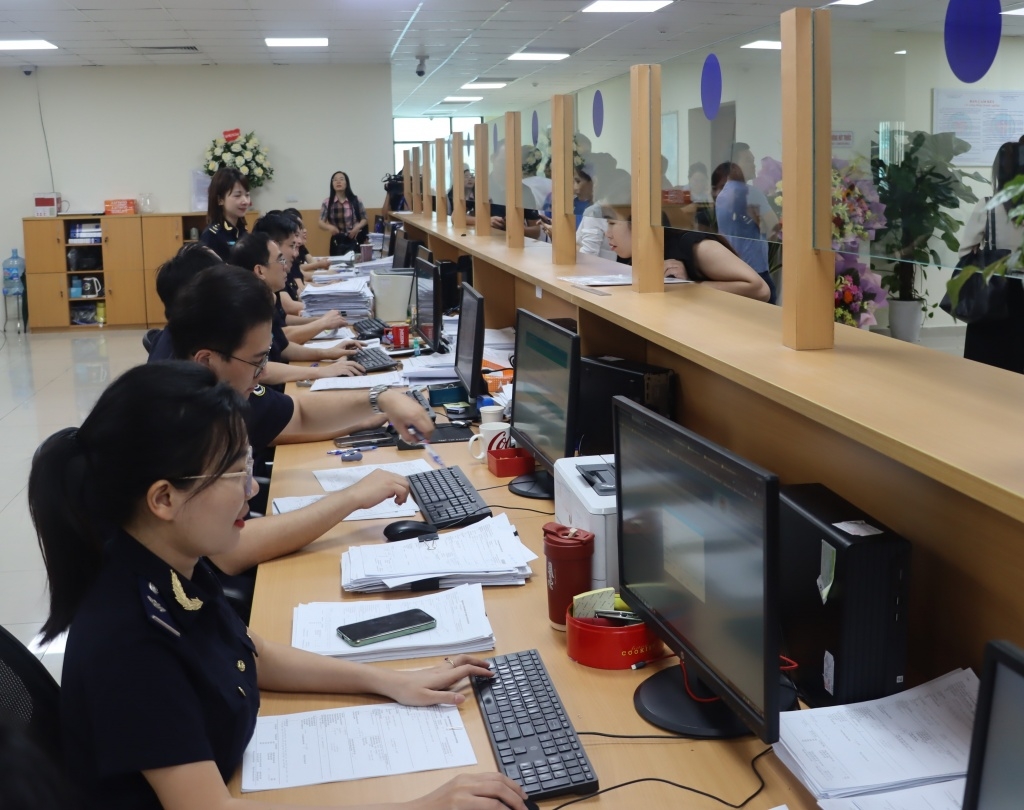
Hai Phong Customs’ revenue rises about VND 1,000 billion
14:52 | 14/02/2025 Customs
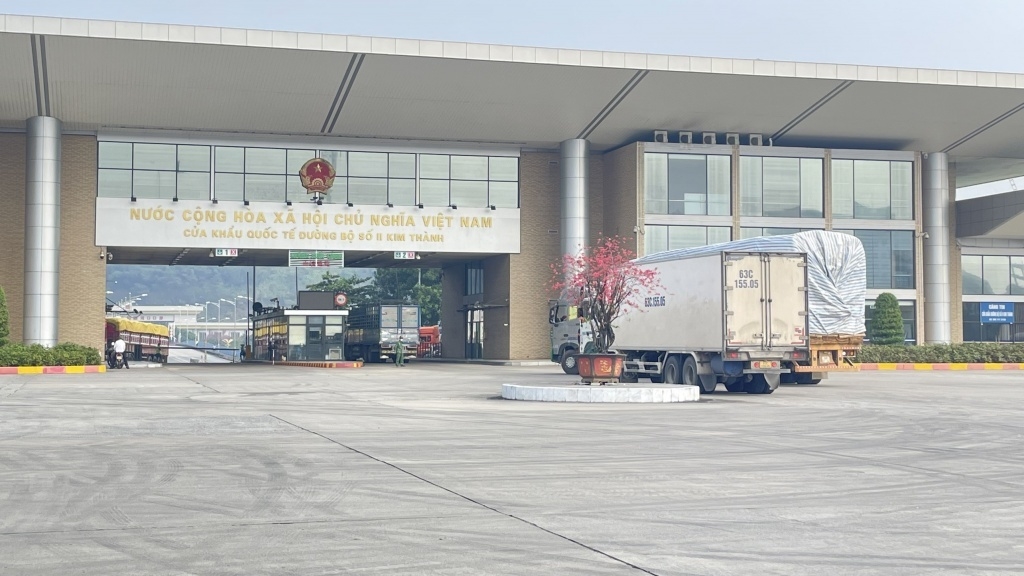
Import and export turnover reaches about US$29 billion in the second half of January 2025
14:52 | 14/02/2025 Import-Export
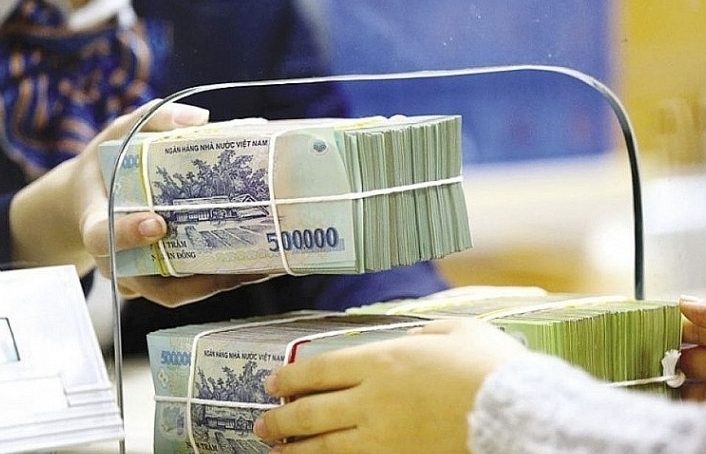
State revenue in first month of the year equal to 14% of the estimate
10:12 | 11/02/2025 Finance
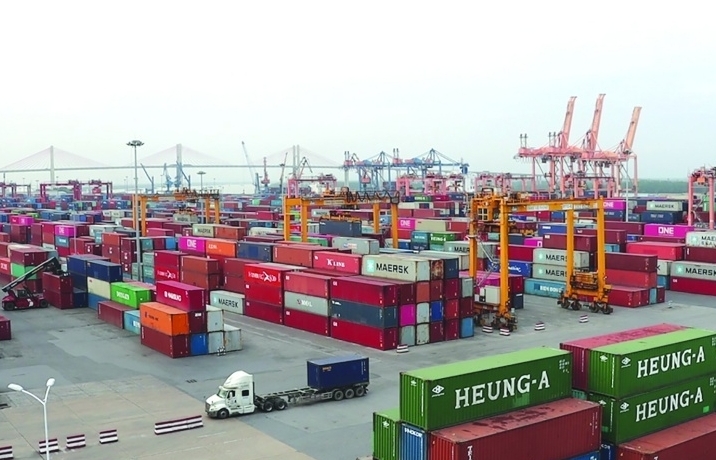
Hai Phong Customs processes more than 1,500 declarations during 2025 Lunar New Year holiday
14:09 | 05/02/2025 Customs
Latest News

Embracing green exports: a pathway to enter global supply chains
10:33 | 20/02/2025 Import-Export

New policy proposed to prevent transfer pricing, tax evasion of FDI enterprises
10:32 | 20/02/2025 Import-Export
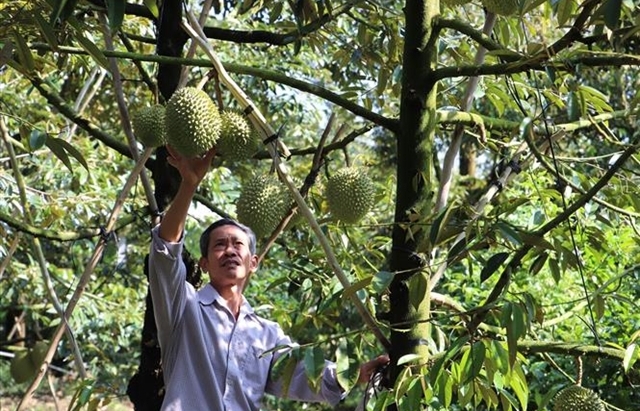
Việt Nam’s durian exports to China plummet by 80%
16:18 | 19/02/2025 Import-Export
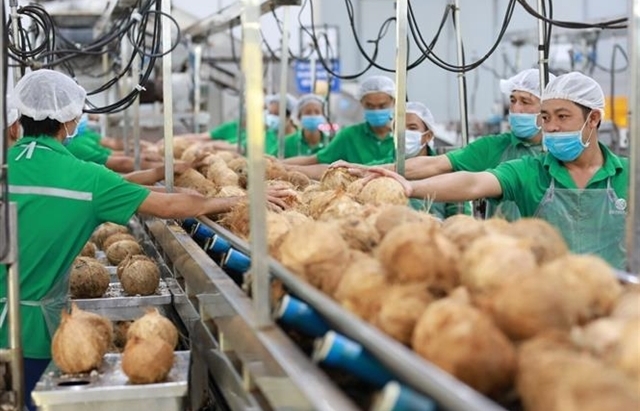
Coconut exports reach 14-year high
15:29 | 18/02/2025 Import-Export
More News

Shrimp exports grow in the first month of 2025
15:28 | 18/02/2025 Import-Export
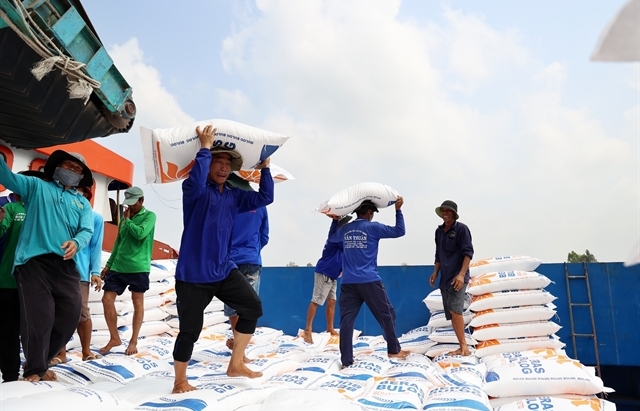
Rice export prices drop, but decline expected to be short-term
08:10 | 17/02/2025 Import-Export
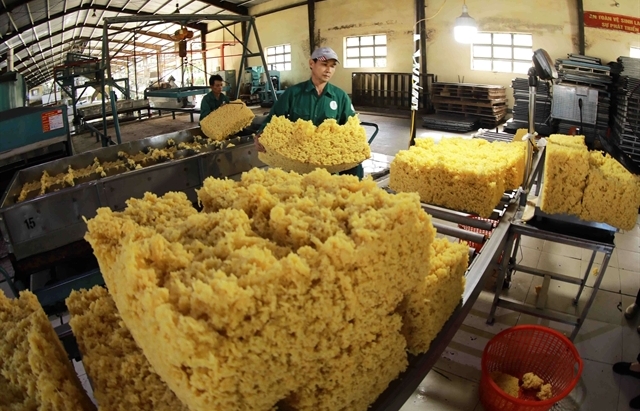
Key agro products expected to maintain export growth this year
08:08 | 17/02/2025 Import-Export
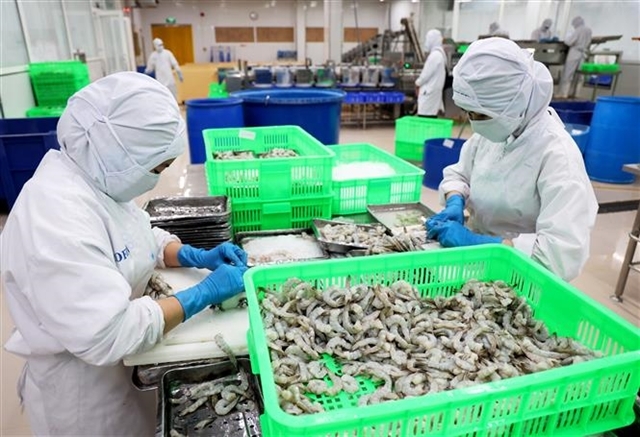
EU issues 12 warnings against Việt Nam’s food and agricultural exports
08:07 | 17/02/2025 Import-Export
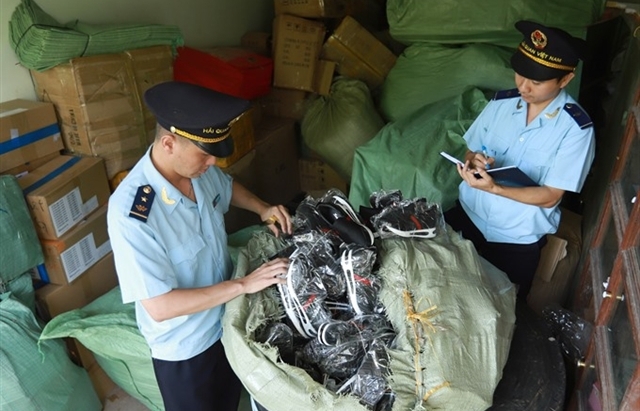
Việt Nam to impose VAT on low-value express-imported goods
08:06 | 17/02/2025 Import-Export

Exchange rate risks need attention in near future
16:31 | 15/02/2025 Import-Export
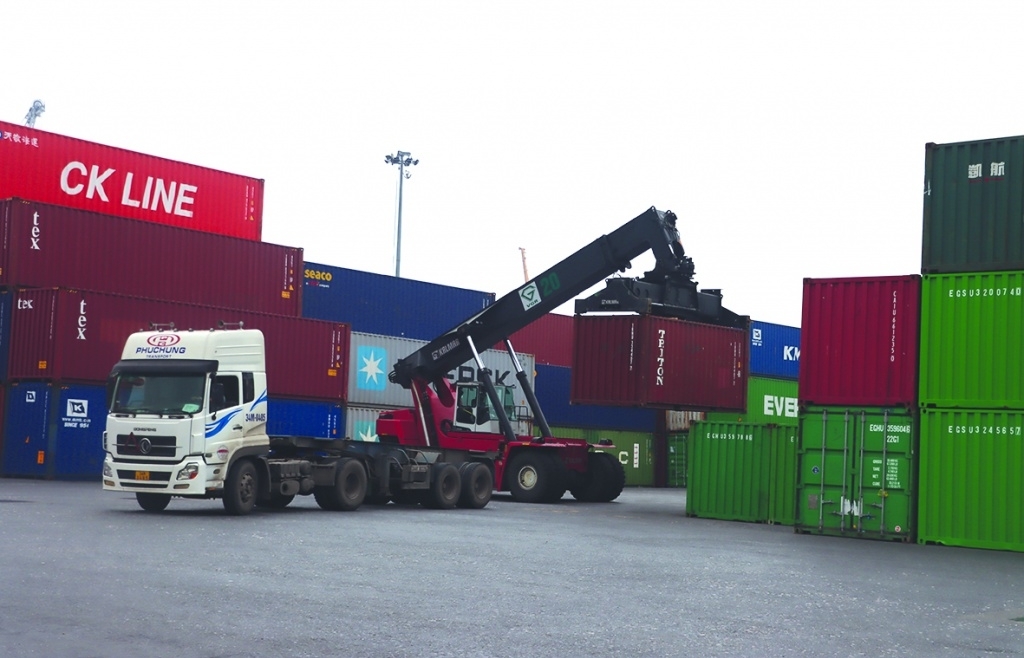
Vietnam kicked off the year with a strong start in trade, exceeding US$63 billion in the first month
16:30 | 15/02/2025 Import-Export

Market edges up slightly as liquidity remains low
14:48 | 14/02/2025 Import-Export

Business regulations must be trimmed for development of enterprises: Experts
14:46 | 14/02/2025 Import-Export
Your care
The system has not recorded your reading habits.
Please Login/Register so that the system can provide articles according to your reading needs.

Embracing green exports: a pathway to enter global supply chains
10:33 | 20/02/2025 Import-Export

New policy proposed to prevent transfer pricing, tax evasion of FDI enterprises
10:32 | 20/02/2025 Import-Export

Việt Nam’s durian exports to China plummet by 80%
16:18 | 19/02/2025 Import-Export

Coconut exports reach 14-year high
15:29 | 18/02/2025 Import-Export

Shrimp exports grow in the first month of 2025
15:28 | 18/02/2025 Import-Export
